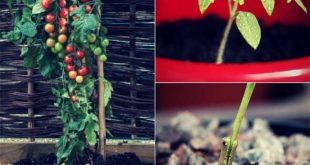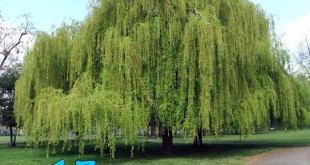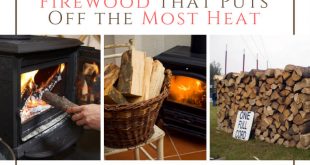Landscaping Tips: Selecting the Ideal Trees for Your Yard
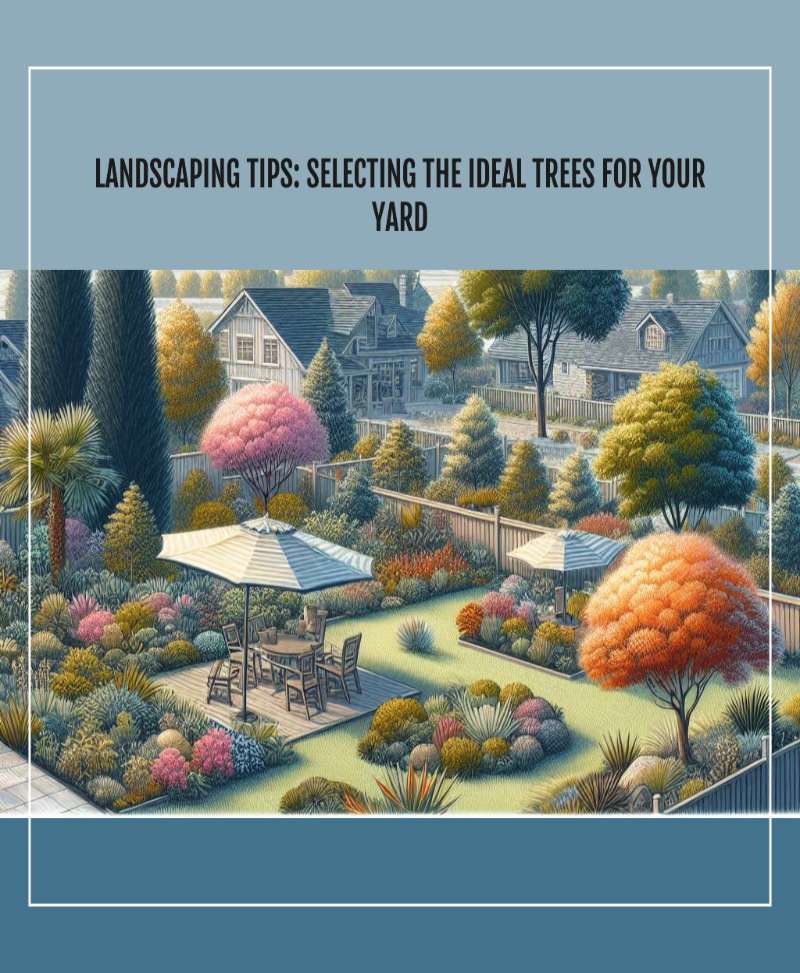
Landscaping with trees can significantly enhance the beauty, functionality, and ecological value of your property. However, choosing the right trees requires thoughtful consideration of various factors, including your yard type, regional climate, and the specific characteristics of the trees themselves. This comprehensive guide aims to provide insights into choosing the best trees for different yard types or regions while highlighting reasons to avoid certain tree species.
Understanding Yard Types
1. Small Yards:
- Best Trees: Consider smaller or dwarf varieties such as:
- Japanese Maple (Acer palmatum): Offers stunning foliage and comes in various colors and shapes.
- Dogwood (Cornus florida): Known for its vibrant flowers and beautiful fall foliage.
- Crabapple (Malus spp.): Offers colorful blooms and fruit, perfect for smaller spaces.
- Avoid: Trees with extensive root systems or those prone to aggressive spreading, such as:
- Willows (Salix spp.): Known for invasive root systems that can cause structural damage.
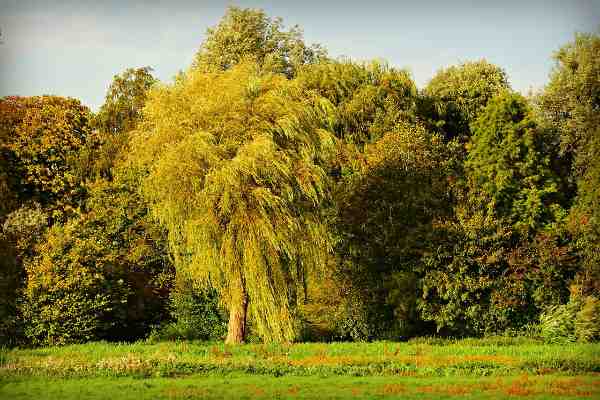
2. Shaded Yards:
- Best Trees: Opt for shade-tolerant species like:
- Red Maple (Acer rubrum): Known for its adaptability and stunning fall colors.
- American Beech (Fagus grandifolia): Offers dense shade and beautiful foliage.
- Holly Trees (Ilex spp.): Evergreen trees that thrive in shaded environments.
- Avoid: Sun-loving trees that require ample light, such as:
- Flowering Cherry (Prunus serrulata): Might struggle in shaded environments.
3. Dry or Arid Yards:
- Best Trees: Choose drought-resistant species like:
- Olive Trees (Olea europaea): Tolerant of dry conditions and offer an attractive Mediterranean look.
- Desert Willow (Chilopsis linearis): Thrives in arid environments and produces beautiful flowers.
- Oak Trees (Quercus spp.): Certain oak species are adapted to drier climates.
- Avoid: Trees that demand high water consumption or are intolerant to drought, such as:
- Birches (Betula spp.): Often require consistently moist soil.
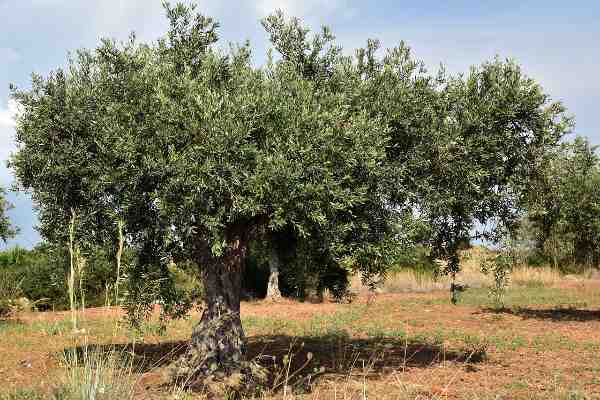
4. Coastal Regions:
- Best Trees: Consider salt-tolerant species like:
- Live Oak (Quercus virginiana): Known for its resilience to salt spray and coastal conditions.
- Palms (Various species): Many palm species thrive in coastal environments.
- Cypress Trees (Taxodium spp.): Some cypress species adapt well to coastal areas.
- Avoid: Trees sensitive to salt spray or high winds, such as:
- Sugar Maples (Acer saccharum): May struggle in coastal environments.
Considering Regional Climates
1. Cold Climates:
- Best Trees: Opt for hardy species like:
- Norway Spruce (Picea abies): Known for its cold hardiness and evergreen beauty.
- Balsam Fir (Abies balsamea): Cold-tolerant and ideal for winter landscapes.
- Red Maple (Acer rubrum): Adaptable to various climates, including colder regions.
- Avoid: Trees susceptible to frost damage or unable to tolerate extreme cold, such as:
- Citrus Trees (Citrus spp.): Generally not cold-hardy.
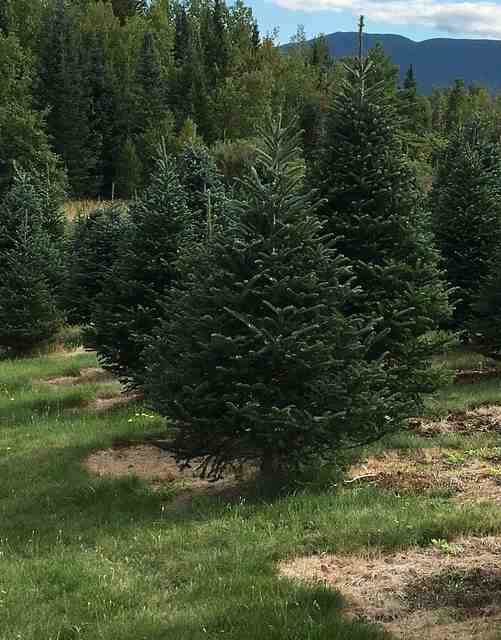
2. Warm Climates:
- Best Trees: Consider tropical or heat-tolerant species like:
- Crape Myrtle (Lagerstroemia indica): Known for vibrant summer blooms and heat tolerance.
- Citrus Trees (Citrus spp.): Thrive in warm climates and produce fruits.
- Palm Trees (Various species): Numerous palm varieties are suitable for warm climates.
- Avoid: Trees sensitive to heat stress or cold snaps, such as:
- Certain Spruce Varieties (Picea spp.): Might struggle in consistently warm climates.
3. Temperate Climates:
- Best Trees: Choose versatile species like:
- Oak Trees (Quercus spp.): Adaptable to various climates and offer aesthetic and ecological benefits.
- Maple Trees (Acer spp.): Many maple species thrive in moderate climates.
- Elm Trees (Ulmus spp.): Some elm varieties are suitable for temperate regions.
- Avoid: Trees highly specialized and struggling in moderate conditions, such as:
- Certain Tropical Species: May not tolerate cooler temperatures.
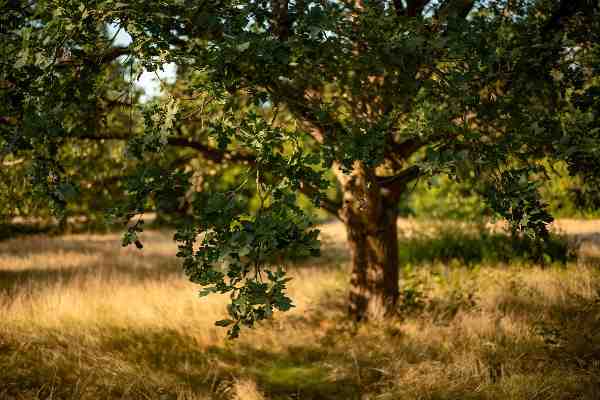
Reasons to Avoid Certain Trees
1. Invasive Species:
- Trees like the Tree of Heaven (Ailanthus altissima) or Norway Maple (Acer platanoides) are known to be invasive, rapidly spreading and disrupting ecosystems.
2. Weak Wood or Prone to Diseases:
- Species susceptible to diseases like Dutch elm disease or emerald ash borer infestations can pose safety hazards and require extensive maintenance.
3. High Maintenance Needs:
- Some trees demand significant care, including regular pruning or specific soil conditions, making them impractical choices for many homeowners.
Conclusion
Choosing the best trees for your yard involves considering a range of factors including yard size, sunlight availability, soil type, and regional climate. By selecting trees that suit these conditions and avoiding species with adverse traits like invasiveness or high maintenance requirements, you can create a harmonious and sustainable landscape that enhances the beauty and functionality of your outdoor space for years to come.
Always consider consulting with local nurseries or landscaping professionals for tailored advice based on your unique circumstances before making any tree planting decisions.
 Home and Gardening Ideas At home and Gardening ideas we believe inspiring readers about homesteading, self sufficiency
Home and Gardening Ideas At home and Gardening ideas we believe inspiring readers about homesteading, self sufficiency

